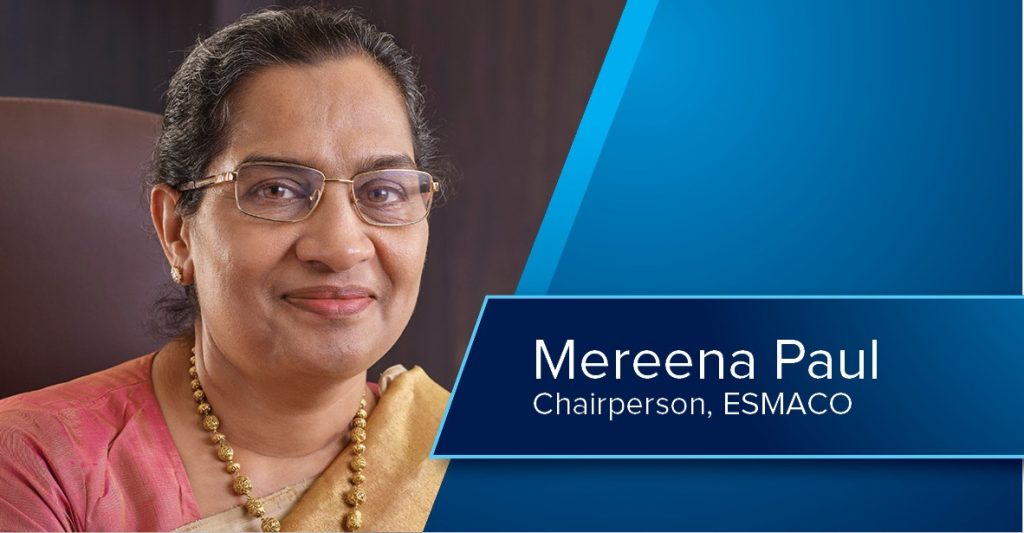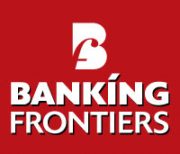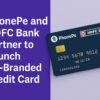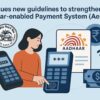This is leading to a spiralling growth of MSME and business loans:

Mereena Paul advocates that savings and insurance products are something that should be encouraged for women customers
ESAF Swasraya Multi-State Agro Cooperative Society (ESMACO) is the first business correspondent of ESAF Small Finance Bank. It reaches out to over 2 million low-income women through multiple programs and initiatives that promote financial inclusiveness and economic development. Today it is operational in 5 states through more than 311 branches and is successfully facilitating last mile connectivity of the bank by functioning as its collection agent. It has played a significant role in ESAF Small Finance Bank establishing itself as a major financial services institution.
The larger objective of ESAF Group as a whole is to fight the partiality of prosperity. ESMACO serves to bring various subsidiaries of Group together and offer seamless service to its members. ESAF NGO, another institution in the Group, in association with Small Farmer’s Agri-Consortium and NABARD, have already formed 72 farmer producer organizations in different states. Under the umbrella of Cooperative Facility Management Service (CFMS), ESMACO has expanded its footprints to areas like event management, office support service, cash management and Monthly Expenditure Plan (MEP) services. Information & Communication Technology supported services, offered by CFMS engaging well trained service personnel across different regions in the country, have proved to be the right launch pad for aspiring job seekers.
Mereena Paul, Chairperson, ESMACO, provides insights on women customers.
Mehul Dani: What percentage of your customers are women? What percentage of your overall business comes from women customers? How have both these figures changed over the last few years?
Mereena Paul: Earlier, as an MFI, 100% of our customers were women. Being the BC of the bank, we have more liberty in serving both genders effectively, both in terms of cost and products. Currently, 98% of our customers are women. We are happy in serving women as they tend to be more loyal and are prompt in repayment habits. Also, more than 95% of our business comes from women customers.
What changes in demand for financial services are seen among women customers in the last 2 years?
Women are now equally or more ambitious than men. They are aware of the fact that they need to be financially independent and want to contribute to their family’s income. Hence, we are now witnessing more women graduating from microfinance to MSME and business loans. Also, we have witnessed a rise in education loans and housing loans because of women. Women entrepreneurs are now on the rise, a fact which too has been spiralling the growth of MSME loans. As more than 90% of women entrepreneurs are focused on micro-enterprises and the informal sector, there is a huge untapped opportunity for SFBs.
What changes in demand for financial services do you expect among women customers in the next 2 years?
As women professionals are now on the rise, savings among women is one area that needs to be encouraged. Among the MFI customers, saving products like recurring deposit has huge demand. This habit of savings should be encouraged across segments. As more women are now willing to venture into the entrepreneurial route, I hope we may also witness a surge in MSME loans, education loans and gold loans. Also increasing demand for digital channels could be another behavioral change.
Compared to men, what financial products do women prefer more and prefer less?
In the MFI segment, women are more concerned about owning a safe house and also about its maintenance. They are also concerned about their business ventures, children’s education and saving costs while cooking. Hence house construction/repair loans, MSME loans, clean energy products and education loans are something women prefer more than men. Savings and insurance products are something we need to encourage more for women.
What parameters in your credit evaluation system are more prominent for women customers than for men customers?
The credit evaluation system is equal for both men and women. Repayment history and credit score are the key parameters for credit evaluation for both men and women.
Have you created any financial literacy campaigns targeted at women customers? If yes, please share content samples.
Yes, we have FACE, or Financial Access and Capacity Enhancement, programs, which aim at imparting financial and digital literacy lessons for women customers. Special modules have been created for the same. We cover topics from what is KYC to aspects of financial management like savings, asset building, wise borrowing, insurance schemes, pension schemes, fraud protection, grievance redressal, risk vs return, unauthorized electronic transaction, etc. Financial literacy counsellors and other experts handle the sessions for women customers, especially SHG/JLG customers.








